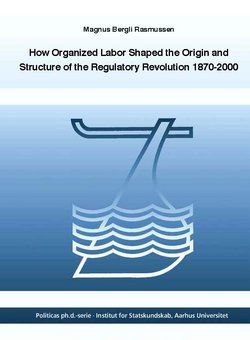Magnus Bergli Rasmussen
How Organized Labor Shaped the Origin and Structure of the Regulatory Revolution 1870-2000

The regulatory revolution – the regulation of entry, operation of and exit from labor markets – has profoundly shaped the way we live our lives, but has not been thoroughly investigated. Previous studies have tended to focus on a narrow time frame or a few countries. I argue that this has severely hampered our understanding of the origins of the regulatory revolution. This thesis develops a theory of how interest group influence on policy-making is shaped by electoral systems. It is argued that under majoritarian systems, geographically concentrated interest groups have the ability to capture party candidates. Under PR, parties are more insulated from interest group pressure, and interest groups will therefore have to resort to coalition building to achieve policy influence, reducing their ability to shape policy. This argument is tested for trade unions and rural interest groups, which have decisively different preferences for labor market regulation, using novel data on social policy and trade union organization for up to 154 countries from 1871 to 2002. In congruence with the argument, the results show that interest group organizations matter for policy development, but are most decisive under majoritarian rules. The conjunction of electoral systems and interest group organizations is therefore a key to understanding the regulatory revolution.
![]() Ophavsretten tilhører Politica. Materialet må ikke bruges eller distribueres i kommercielt øjemed.
Ophavsretten tilhører Politica. Materialet må ikke bruges eller distribueres i kommercielt øjemed.